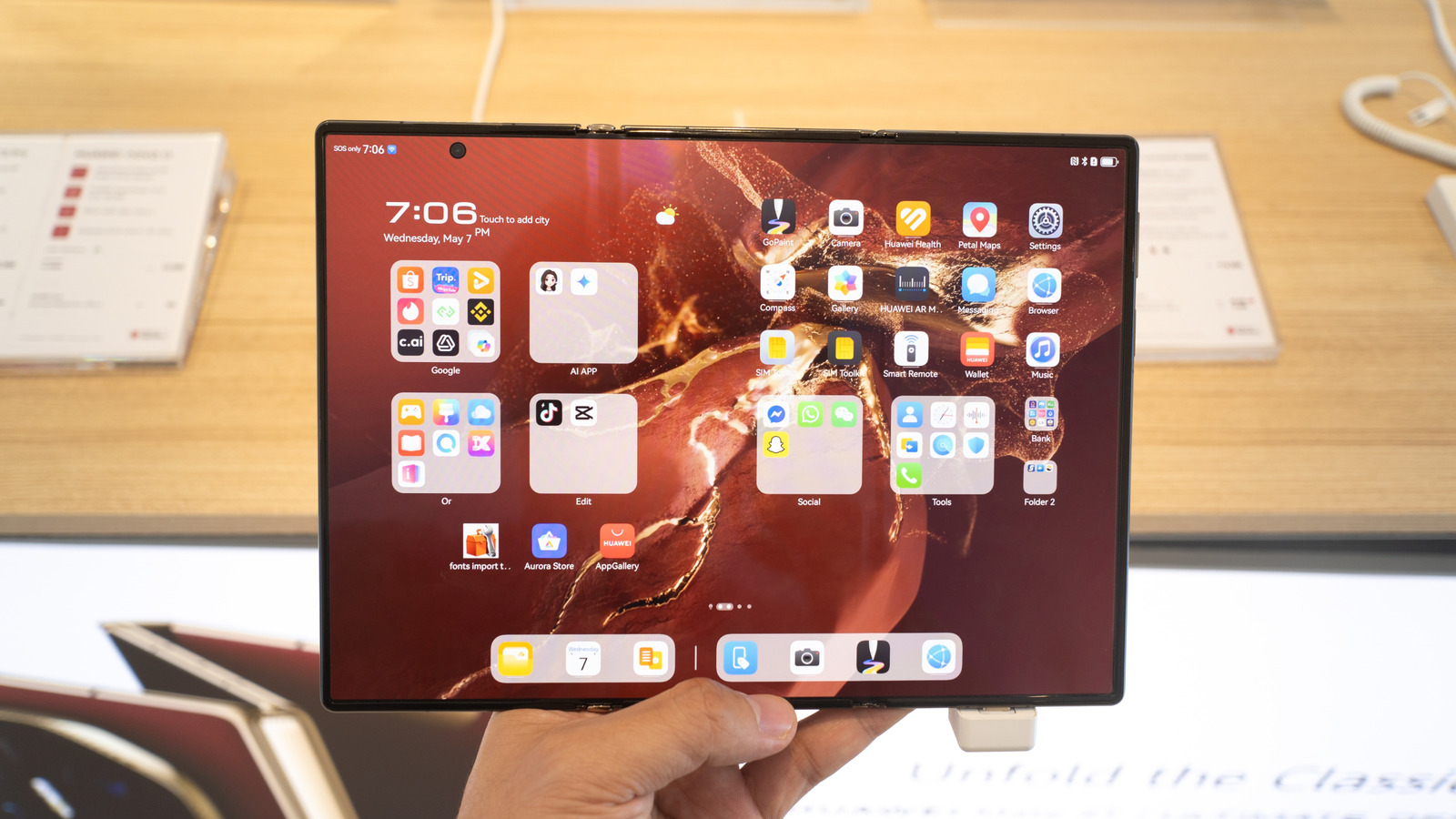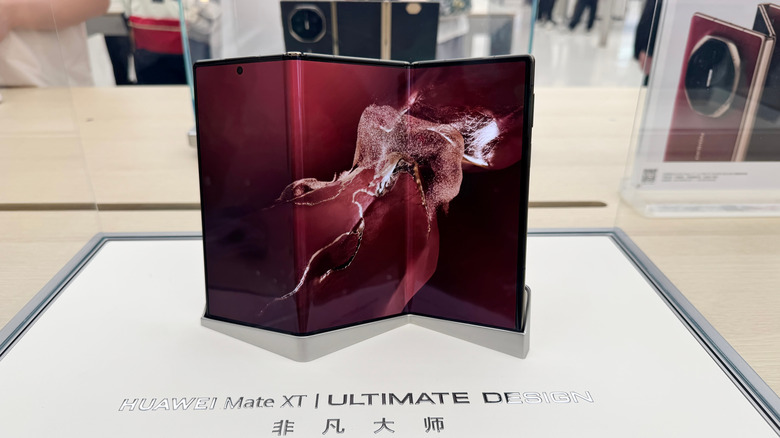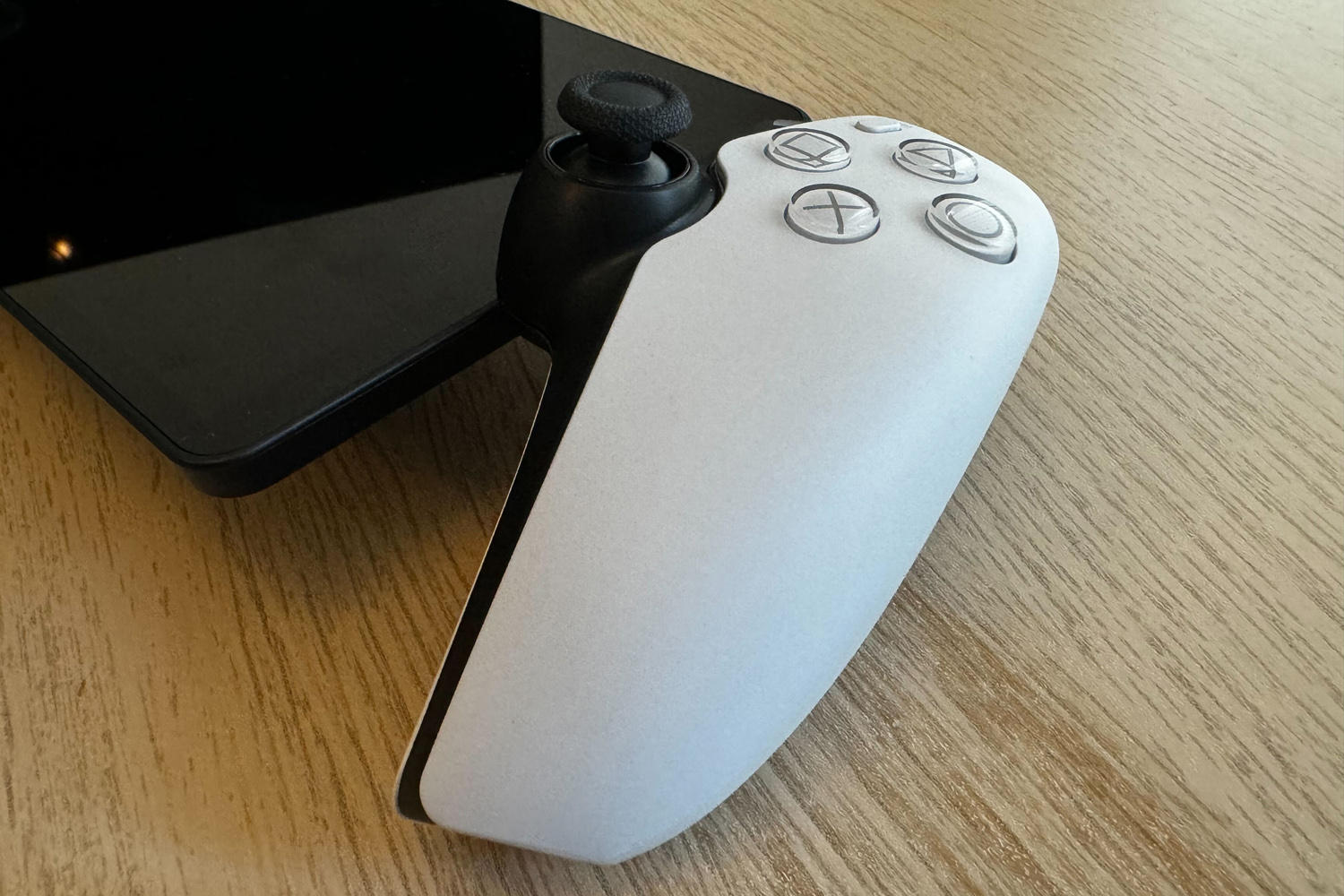After launching the Galaxy XR headset a few days ago, Samsung plans to launch one more high‑end mobile product this year: its first trifold foldable phone. The device appeared in rumors and leaks earlier this year, with some reports calling it the Galaxy G Fold or Galaxy G Fold 7. The latest report on the Samsung trifold comes from reliable leaker Evan Blass (via Android Police), who says the first Samsung trifold might not launch in the U.S. Instead, Samsung might only sell the phone in select Asian countries, including South Korea, China, Singapore, and the U.A.E.
Blass routinely provides accurate information about unreleased devices, including Samsung products. It’s unclear what information he’s basing his prediction on, as he doesn’t offer any supporting evidence. Blass only says it’s unlikely for the first trifold foldable to launch in the U.S. and notes that he’d love to be wrong about this launch detail. There is precedent for a limited launch. Samsung unveiled the Galaxy Z Fold Special Edition late last year. Its first ultra-slim foldable phone launched only in Korea and China. However, Samsung used that design to create the Galaxy Z Fold 7 model that saw a worldwide release this summer. It wouldn’t be surprising for the Galaxy G Fold to follow the same recipe.
Why is Samsung making a trifold phone?
Trifold phones, or foldable phones featuring two hinges and three display sections, aren’t new. Chinese vendors Tecno and Huawei have already produced such devices. Tecno showcased two concept trifold models, including a G Fold-type device, without turning them into commercial products. Huawei also unveiled the Mate XT last year — an expensive trifold available only in China.
The advantage of trifold phones over regular foldables is that they can be turned into larger tablets, or better said, devices that look more like traditional tablets, with a wider screen. Phones like the Pixel 10 Pro Fold and the Galaxy Z Fold 7 offer a square display when unfolded, which might not be ideal when using a single app on the screen. The disadvantage of a trifold phone is that it contains more moving parts. Also, these components might be more expensive to manufacture. Like the Huawei Mate XT, the first Samsung trifold phone will probably be prohibitively expensive.
It’s likely that Samsung needs to show it can compete against Chinese vendors, especially considering that Samsung pioneered the foldable phone concept. After the Galaxy Z Fold 7 launch in mid-July, TM Roh, Samsung’s acting head of the Device Experience division, confirmed the company is working on trifold handsets: “We are working hard on a tri-fold smartphone with the goal of launching it at the end of this year.” Making the Samsung trifold available only in Asia before the U.S. and other international markets is a good strategy for Samsung to compete against Huawei. After that, Samsung can always release a second-generation Galaxy G Fold handset in Western markets, including North America.











